Last updated on March 25th, 2023
Scotland has diverse and dramatic landscape. Scottish people are vibrant and enthusiastic, well educated, motivated and skilled. With these 81 interesting facts about Scotland, let’s learn about its history, culture, people, traditions, economy, inventions, tourism, and some amazing things.
Historical facts
1. Scotland has many untouched and pristine islands. Built even before the Stonehenge or the Pyramids, Skara Brae, in the Orkney islands is known as “Scottish Pompeii”, for its extraordinary preservation of a medieval entire city.
2. The other jewel from the medieval world is the Knap of Howar, which is oldest preserved stone house in northern Europe.
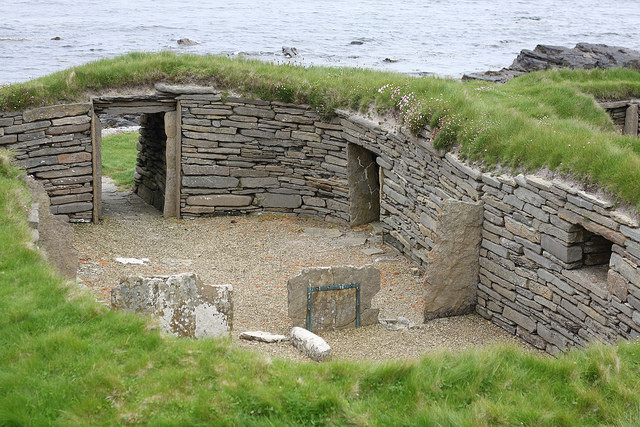
3. The Bank of Scotland, set up in 1695, is one of the three oldest banks in Britain. The other two are the Barclays and The Bank of England.
4. Aberdeen Harbour Board, founded in 1136, is Britain’s oldest running business. Nestled in Scotland’s eastern shore, it has seen all major world events pass by, in its 900-year history.
5. Aberdeen is nicknamed as ‘The Granite City’ because of the huge amounts of granite that are found there. This magnificent stone was used to build London’s House of Parliament, Waterloo Bridge, Trafalgar Square, and the Thames Embankment. A further 640,000 cubic feet of this rock went into the creation of the Forth Rail Bridge.
6. There are more than 30 places across the world that are named Aberdeen. Cities and towns with the same name can be found in places like Hong Kong, Canada, Australia, South Africa, and more. It seems as though the name ‘Aberdeen’ is more popular than one could imagine.
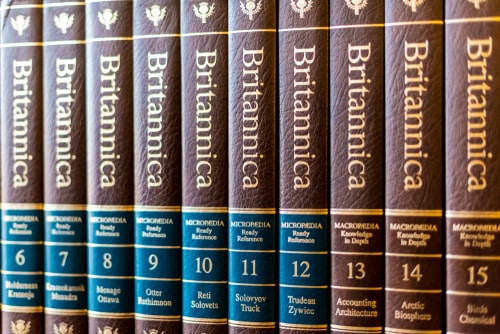
7. The Encyclopedia Britannica, which is the Wikipedia of the past, originated in Scotland. It was the idea of an Edinburgh bookseller, Colin Macfarquhar.
8. During the 17th Century, Greenock was just a small fishing village, with rows of thatched houses along the shore. The first harbour was completed in 1710 and has been improved many times since. The French used this as their Naval base during World War 2 and to this day, you can see the giant granite cross that was built as a memorial for the French sailors who lost their lives.
9. It was in the year 1736 that this town’s most famous person was born. James Watt made such an impact on the steam engines of the time that he was regarded as most possibly the main pioneer of the Industrial Revolution. James Watt made such an impact on the town that, in 1907, The James Watt College was built, funded by Andrew Carnegie.
10. An English bookmaker by the name of Frederick Walton was the man who invented linoleum in the year 1861. He combined oleum and Linum to produce a fantastic floor covering, which the then named Linoleum. This is an extremely durable and cheap type of flooring that is still used in the modern-day.
11. Edinburgh was the most modern city in the world in its hay-days. It’s credited with having the world’s first fire-brigade, way back in 1824.
12. Interestingly, 1824 was also the year of The Great Fire of Edinburgh, a fire accident which went on for five days and burned the city to ashes.
13. Scotland was an independent country up till the 15th century. The country merged to form the Great Britain when the King of Scotland was given the throne of England in 1603.
14. Glasgow is also the birthplace of football diplomacy. In 1872, the first ever official international football match was played here, between Scotland v England. Neither side could score a goal.
15. The Teviot Row House is a historic building inside the Edinburgh University. It is the oldest student’s union building in the world.
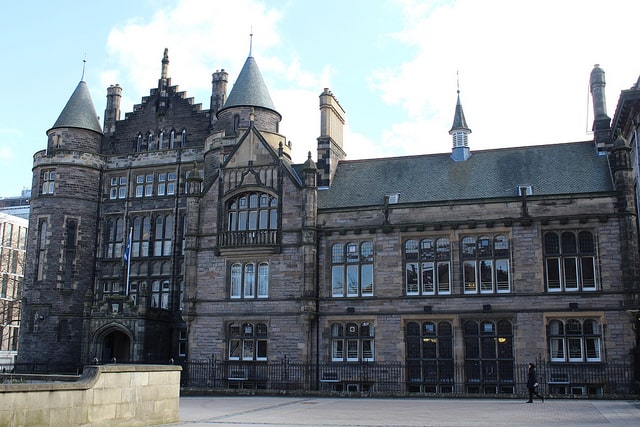
Scottish culture and tradition
16. If Prague has the absinthe, Germany has the beer and Jamaica has the rum, then Scotland is the land of the classiest whiskey in the world-the good old scotch.
17. Speaking of all things classy, Scotland is also the land where golf emerged. The oldest golf championship, The Open Championship, was first played in 1860 at Prestwick Golf Club.
18. There are more than 50 golf courses just around an hour away from Dundee, which includes the championship golf course at Carnoustie. This particular course hosted The Open in 1931. It is hard to imagine that one place could have so many amazing golfing greens.
19. Sherlock Homes, the de-facto inspiration for all detective novels, was the brainchild of Scottish author Arthur Conan Doyle.
20. One of the Seven wonders of the industrial world, the Bell Rock Lighthouse, is located in Scotland.
21. Loch Ness Monster is more than just a mythical folklore in Scotland. It was reportedly sighted by many prominent people, over several centuries.
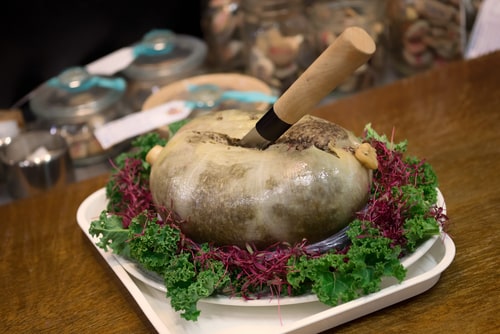
22. To love the national dish of Scotland, you have to love the sheep very deeply. The notorious Haggis, which is a nightmare for vegans, is made with the heart, liver, and lungs of a sheep and then boiled in the animal’s stomach.
23. The Most Ancient and Most Noble Order of the Thistle is considered as Scotland’s highest Chivalric order.
24. 30th November is the National Day of Scotland, the St Andrew’s Day.
25. Scottish breakfasts are one of the best hangover treatments. It spot-on traditional breakfast includes Scottish style black pudding, Lorne sausage, baked beans, tattie scones, poached egg, toast and English tea or coffee.
26. Some call it ear-torture and some sway and dance to its rhythm. Scotland’s national instrument is the Great Highland bagpipe, which forms the heart and soul of Scottish culture.
27. The next cultural masterpiece of Scotland is the Scottish kilt, which is a knee-long single piece skirt-type garment.
28. The most powerful historic hero of Scotland is William Wallace, who began a revolt against King Edward I of England.
29. The two great bards of the Scottish language are Robert Burns (aka ‘Rabbie’ Burns) and Sir Walter Scott. They produced epic volumes of literature and poems, widely famous even today.
30. One of the largest performing arts festival in the world, the Edinburgh International Festival, attracts over 300,000 people annually.
Flag of Scotland
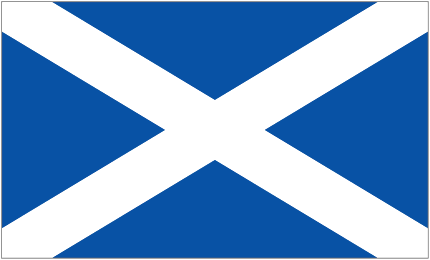
Scotland facts for Kids
31. The world’s first color photograph, that of a Tartan Ribbon, was taken in Scotland.
32. Alexander Graham Bell, the inventor of the telephone, was born and brought up in Edinburgh.
33. The most dramatic experiment of the 21st century happened in Scotland. The first successfully cloned lifeform, Dolly the sheep, was created in a lab in the University of Edinburgh. It was a very powerful and watershed moment in our understanding of the life on earth.
34. Thanks to Scotland, the world today knows a lot about antibiotics. Born in Scotland, a pioneer of modern medicine, Sir Alexander Fleming, is credited with the discovery of penicillin. It saved millions of lives and earned him The Nobel Prize in Medicine in 1945.
35. The Royal Edinburgh Military Tattoo is a gala affair, hosted every august during the Edinburgh Festival. Audiences get a great dose of local culture and awesome bagpipes music.
36. James GoodFellow OBE was the person who invented the first CHIP and PIN (Personal Identification Number) system in Paisley in the year 1966. He also went on to invent the ATM (Automatic Teller Machine), which are all currently used on a daily basis.
37. At a certain point in time, a company based in Paisley was supplying the world with 90% of its sewing thread. It was this that put the town on the map for the world to see and take notice of.
38. Keith Rodgers was the man who opened the first five-a-side football pitch here in 1987. At the time, it was known as the Pitz and operated from the Anchor Recreational Centre.
Map of Scotland
39. Paris may be the city of love, but the remains of St Valentine remains at Glasgow’s Blessed St John Duns Scotus.
40. The only Knighted penguin in the world lives in the Edinburgh Zoo. He goes by the name of Sir Nils Olav. Yes, this little fellow has duties such as inspecting the Norwegian Gaurd when they visit. He was knighted in 2008 and has since been promoted to Brigadier.
41. The well-known Edinburgh Castle was actually built on top of a 700 million-year-old volcano, which is extinct. Many people flock to this site just before 1 pm to hear the ‘One O’Clock Gun’ fire. It can be heard daily, except for Sundays. Hard to think that this has been happening every day for so many years.
42. Ok, so we all know that unicorns are not real, but that did not stop Scotland from choosing it as the national animal. It may be because Scotland is known to be a rather mythical place, filled with legends from the past. A majestic and mythical animal could have been the only option for this breathtaking place.
Read: Some interesting facts about France
43. There are around 300 castles in Scotland. Given its size, it’s about one castle for every 100 square miles.
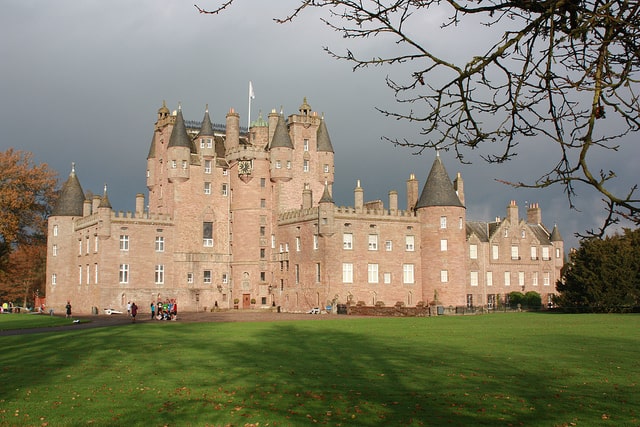
44. Glamis Castle is where The Queen Mother grew up. When she lived there, she was known as Elizabeth Bowes-Lyon. The Castle is situated in Angus and happens to be where the oldest family name in Scotland (Ogilvie) originates. This is truly a Royal place that lives on today.
45. The different clans are recognized by the pattern of knitting in their kilt. Not kidding.
46. Scotland is all about mythical creatures. The local folklore is washed with stories of elves, spirits, fairies, ghosts, monsters Goblins and mythical beasts, giants, etc.
47. With so much to enjoy around, ghosts seem to love Edinburgh. The city is a top haunted destination in Europe and there is a whole tourism niche developed around it. Check out the Mackenzie poltergeist, to start your Scottish ghost adventure.
Weird and amazing facts
48. Right is left for Scottish drivers. There is a popular car sticker in Scotland which goes like this: “Left alive. Dead right”.
49. Hard-core science enthusiasts will be pleased to know that the legend Sir James Clerk Maxwell, founder of modern electromagnetism, was born in Scotland.
50. If you hate jet lags, take the Loganair flight from Westray to Papa Westray, which happens to be the world’s shortest commercial flight. The distance is 1.7 miles and it will take you less than a minute to reach your destination.
51. Red is the new normal in Scotland. At least 40% of local Scots have the red hair gene in their DNA. Scientists believe it’s due to the lack of sunshine.
52. Glasgow was once the music capital of the world, and the Britannia Panopticon is the oldest surviving music hall in the world.

53. The next first for Glasgow comes from the world of medicine. Ultrasound, which is used to takes the first pictures of a human inside a womb was first used in Glasgow hospitals during the 1950’s.
54. Edinburgh is sometimes referred to as the Athens of the North, due to its historical charm straight from the Neolithic ages.
55. Edinburgh is a city built on seven hills. The other cities in this “7 hill club” are Rome, Moscow, and Madrid.
56. Though the population of Edinburgh is half a million, a staggering 13+ million tourists visit the city. That means 26 tourists for every local.
57. The Royal Mile of Edinburgh is the most iconic part of the city. Leading straight to an even classier downtown, this street was once used to be the favorite street walk for powerful kings and noblemen.
58. The reason for so many castles is the clan-based system of Scotland. A great number of ancient clans have existed since the birth of civilization in Scotland.
59. The simple Thistle plant is the national symbol of Scotland.
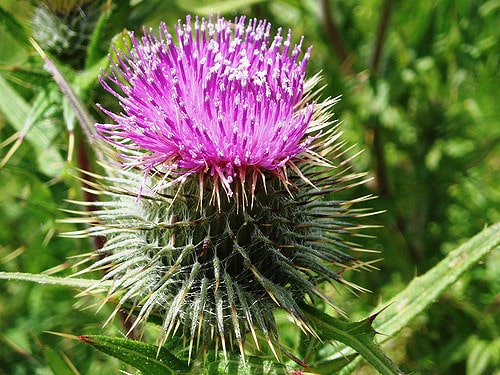
60. New Year in Scotland is a time of fun, frolic, and festivity. The unique Hogmanay festival is observed on the 1st day of each year and the skies are always lit with fireworks, from dusk to dawn.
61. The next big January event in Scotland is the birthday of the famous Scottish poet Robert Burns. It’s as big as any Scottish celebration so prepare your legs for some dance.
62. Speaking of dancing, Scots are world famous dancers. There are an amazing 15000 documented types of Scottish country dancing. Experts believe that the number of undocumented ones far exceeds the ones recorded.
63. Whisky is the Scottish gift to the world. In the local Gaelic language Whisky translates into “water of life.”

64. The most famous spot in Edinburgh is the city’s downtown, the Grass market. It’s a classic place with cobbled streets, old-style shops, and interesting statues. It also used to be a public hanging spot.
65. A fishwife named Maggie Dickson was hanged here, but she later woke up from her coffin. Nothing haunted, she simply didn’t die. The irony is Scottish law had to set her free as she already served her punishment.
66. Scotland’s national animal is Unicorn.
Continue reading on the next page…
